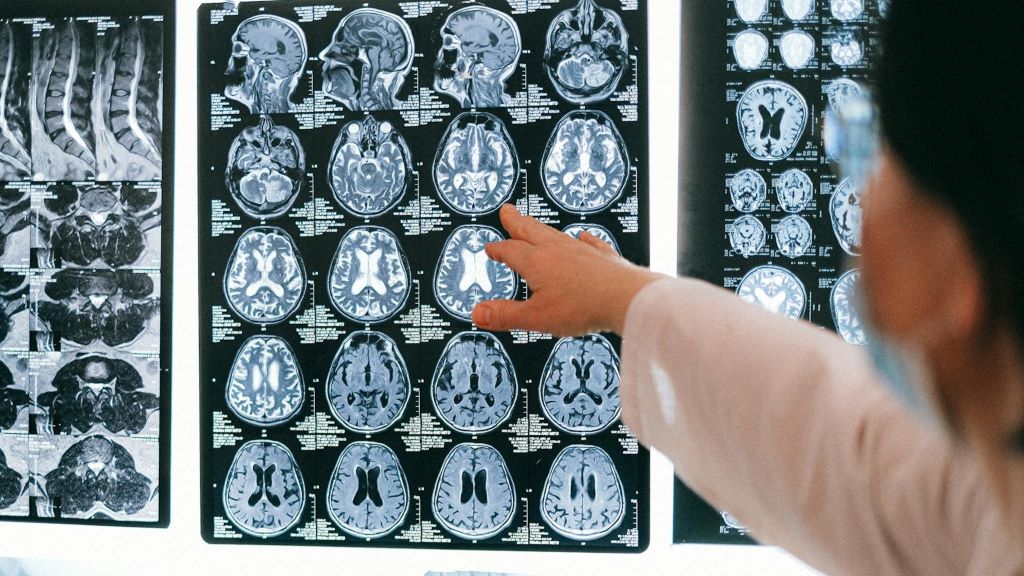
Deep within either hemisphere of the brain is the “claustrum complex”, which contributes to consciousness and awareness. Many diseases known to be related to higher cognitive function, such as Alzheimer’s, schizophrenia, and ADD/ADHD, are also closely linked to abnormal function of this particular part of the brain. But how the different parts of the claustrum complex work or how its circuits and communication system are organised is not fully understood.
Researchers at Aarhus University have now uncovered this, and their results identify, down to the cellular level, which part of the claustrum complex controls our ability to discriminate familiar and novel things.
“Our study focuses on an area of the claustrum called the ‘endopiriform,’ which is a relatively unknown brain structure despite its unique brain network and cellular properties,” explains Asami Tanimura, an associate professor and the lead researcher of the study appearing as a preprint in eLife.
“For the first time, we have dissected the circuit of endopiriform to the hippocampus, and demonstrated how this pathway is crucial for recognition memory.”
In mouse models, researchers were able to observe how the mice’s behaviour changed when they respectively ‘turned on’ and ‘turned off’ the activity in this specific cell group.
Asami explains: “We observed that the cells in the endopiriform were active when the mice interacted with new conspecifics or objects, and when we inhibited this cell group, it reduced the mice’s ability to distinguish novel mouse or object from familiar ones.”
Based on this, the researchers concluded that this specific cell group in the claustrum seems to play a key role in sending memory-guided attention signal to the hippocampus.
“This is entirely new knowledge about this small but important part of the brain, and it gives us a unique understanding of the special circuit involved in recognition memory,” explains Asami.
What this knowledge might mean, and whether it could lead to the development of new treatment methods targeted at disorders in this part of the brain, remains to be seen. However, Asami and her colleagues are optimistic:
“To develop effective treatment methods, a very detailed understanding of the cells’ circuits is required. With our study, we have at least opened a door that has previously been closed in terms of specific role of the endopiriform-hippocampal circuit on higher cognitive function.”
Source: Aarhus University

